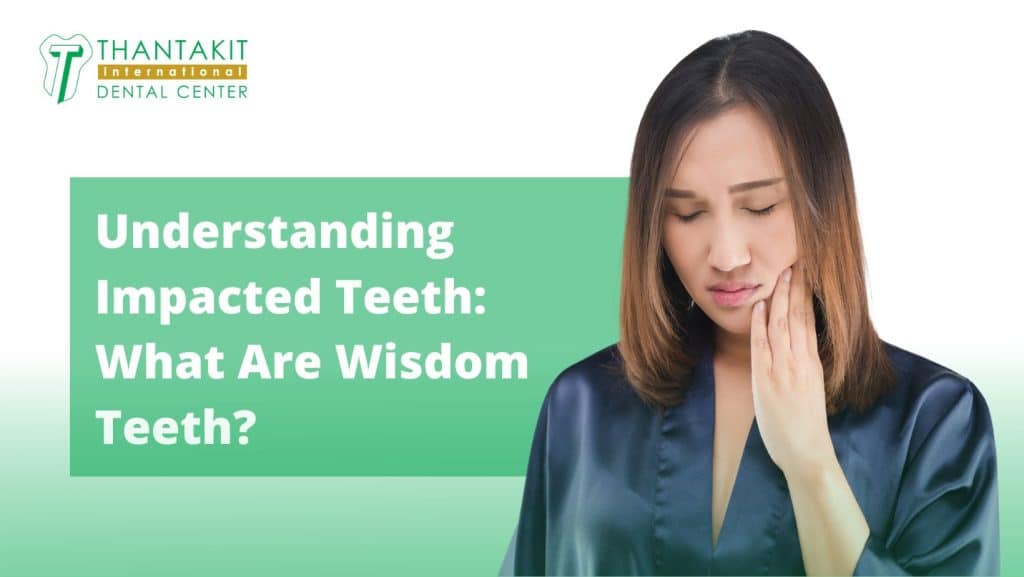Wisdom teeth are the third molars at the back of your mouth. They’re the last set of your molars or permanent teeth to erupt or breach through the gums.
Through the process of evolution, they’ve become vestiges of a time when humans had longer, larger jaws many hundreds or thousands of years ago.
These extra molars are vestiges of the past, like the appendix (although later studies were able to determine that the appendix stores away healthy types of gut bacteria that would otherwise get changed by antibiotics overuse or intestinal illness).
It’s for this reason that this second set of wisdom teeth—most of us have four wisdom teeth, two at the upper jaw and two at the lower jaw—tend to become impacted.
There’s not enough space for these teeth to emerge and develop like other molars, leading to complications like impaction.

Page Contents
What are Impacted Wisdom Teeth?
Third molars or wisdom teeth become impacted when they’re not able to erupt or emerge from underneath the gums like your other teeth could because there’s not enough space left in your jaw or mouth.
These teeth erupt or break through the gums between the ages of 17 and 25 to replace the placeholder milk or baby teeth there.
There are times when wisdom teeth appear to align with other teeth without causing problems, particularly if you have a wide enough jaw to accommodate them. However, not all jaws are equal.
Wisdom teeth impaction—wisdom teeth ending up too big to erupt, causing them to become partially or fully trapped in the jawbone and gums—has become quite the commonplace problem among modern adults.
Impacted third molars can painfully push and put pressure on neighboring molars, gums, and nerves or leave space that can cause bacterial infection and tooth decay.
The most common issues they cause include dental caries, gum disease (gingivitis and periodontitis) and oral/dental infection.
Causes of Impacted Teeth
Wisdom teeth can accidentally suffer from impaction depending on how much room your jaw has. If it lacks room, it will not be able to do a full-fledged eruption, thus it remains under the gums or causes nearby molars to shift.
A fully impacted wisdom tooth is when it never breaks or erupts from the gums at all. A partially impacted wisdom tooth is when part of its crown breaks through, but the rest are hidden.
Wisdom teeth usually erupt around the age of 17 years old to 26 years of age, hence it allegedly being the last molars that appear during your age of adulthood or wisdom.
It’s unable to develop in the normal way, so it instead peeks out in an unusual way, like when you try to force a square peg into a circular hole or a circular peg into a square hole that doesn’t quite fit.
Some people have wide enough room to allow the wisdom teeth to erupt normally without any problems or impactions, leading to a perfect line of teeth from top to bottom.
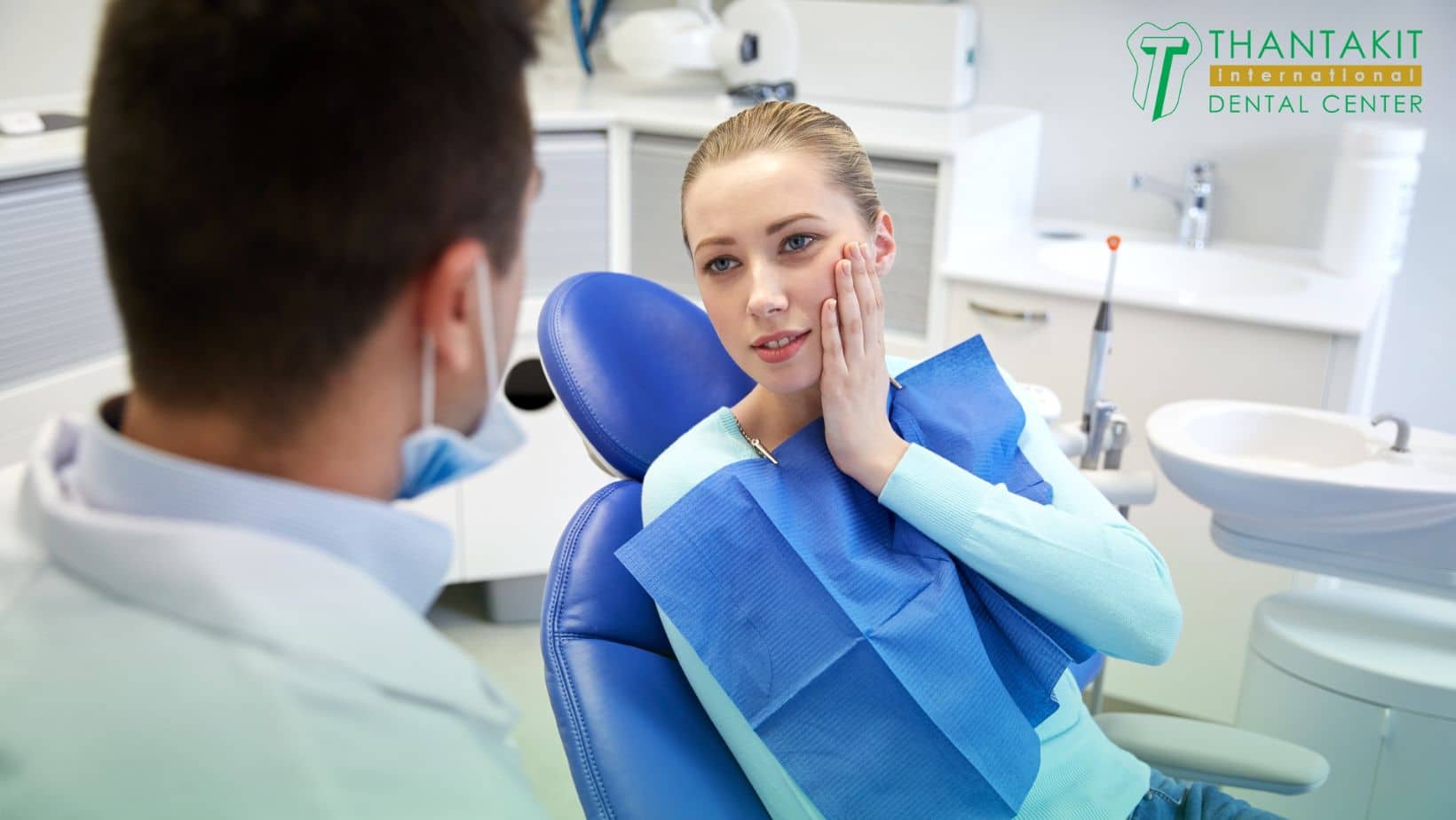
Symptoms of Problematic Impaction
In most cases, the human mouth is too crowded with teeth to allow for the eruption and development of third molars, resulting in partial or full impaction.
These crowded wisdom teeth may partially emerge such that some of the crown or the top of the shell is visible from the gums.
They can also not emerge at all but push at the second and first set of molars, resulting in dental pain and gum sensitivity. However, the presence of molar impaction does not always cause symptoms or complications.
When the tooth hits a nerve or causes an infection, puts pressure and damage to neighboring teeth, or causes various complications, expect the following to happen:
-
Jaw pain
-
Radiating headache
-
Swollen or red gums
-
Bad breath or halitosis
-
Edema around the jaw area
-
Pain or swelling of your face
-
Bleeding gums with tenderness
-
An unpleasant aftertaste inside your mouth
-
It’s hard to open your mouth or jaw all the way
You should see a dentist if you’re already getting that ache in the area behind your last molar. Get help ASAP because the longer the infection happens, the more complications you’ll be dealing with down the line.
Furthermore, it’s not so simple to extract an impacted wisdom tooth, so you better save up or talk to your dental insurance provider about the extent of your coverage.
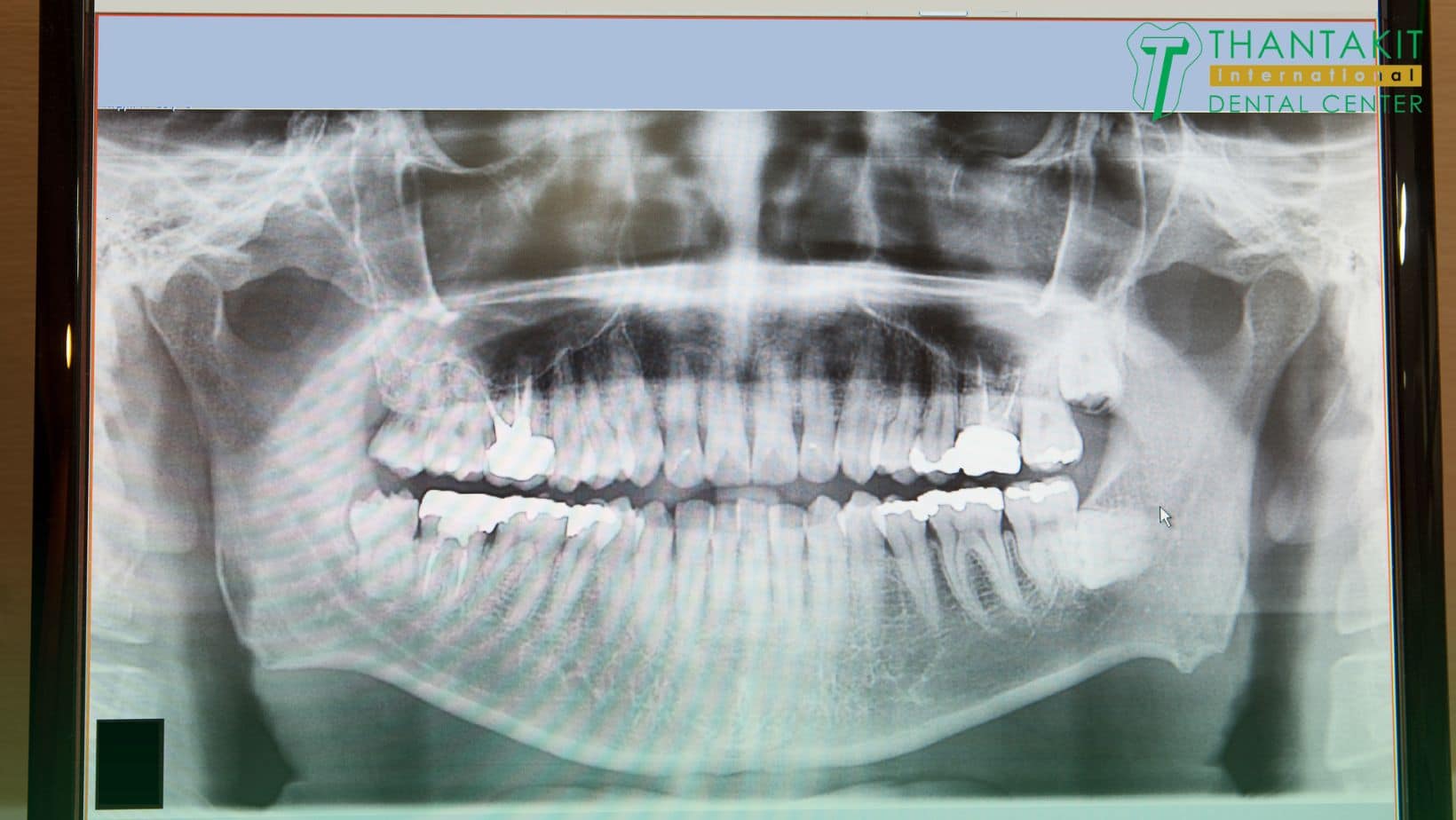
The Complications of Impaction
Wisdom teeth impaction is severely painful with the pressure they produce over gums and the nerves of other teeth, resulting in possible dental damage and further complications down the line.
-
Gum Flap Infections: Partially erupted wisdom teeth also cause gaps or gum flaps to emerge, where bacteria could teem and spread, causing long-term infection.
-
Benign Impactions: There are also times when impacted wisdom teeth don’t cause any problems by the luck of the draw. It all comes on a case-by-case basis.
-
Oral Care is Difficult: However, because third molars are difficult to clean, they’re more susceptible to tooth decay and gum disease than other tooth types.
-
Removal is the Recommended Recourse: The primary way of dealing with impacted molars that cause pain or other dental issues is removal or extraction.
-
Preventative Removal: Some oral surgeons and dentists also advise to remove “benign” impacted wisdom teeth so that they don’t cause any future complications.
Partial Impaction vs. Full Impaction
Fully impacted wisdom teeth aren’t visible to the eye and are usually found through dental x-rays or digital scans. They’re hidden under the gums, and you’re usually made aware of them through symptoms like infection and pain.
A partially impacted (or partially erupted) third molar is slightly visible because part of its crown has erupted but there’s no room for a full eruption to take place.
Wisdom teeth with no impaction are like normal teeth. They’re fully erupted and visible to the eye and only their roots are below the gum line.
Whether the tooth is fully or partially impacted, it may go through the following scenarios.
-
The third molar grows at an angle next to the second molar.
-
The third molar grows at an angle moving towards the back of the mouth.
-
The third molar grows at a right angle to the other teeth, as though it’s lying down within the jawbone.
-
The third molar grows straight down or up like other teeth but still trapped inside the jawbone somehow.
Non-impacted third molars shouldn’t cause a problem. But if they do, it’s still usually because there’s not that much room left at the back of the mouth and jaw, leading to crowding and pressure.
Soft Tissue Impaction vs. Hard Tissue Impaction
Your dentist might call the impaction a “hard tissue” or “soft tissue” one. What do those technical terms usually mean? Here’s the gist.
-
Soft Tissue Impaction: The tooth has erupted from the jawbone—they’re developed and stored there until they erupt into the gums—but they remain impacted underneath the gum line.
-
Hard Tissue Impaction: The tooth is partially or fully covered by the jawbone and gums. It hasn’t erupted from its sac inside your jawbone where it’s supposed to be stored.
Both milk teeth and permanent teeth are stored in the jaw and erupt one by one as the baby grows up and develops their jaw.
The milk teeth are temporary and replaceable by permanent teeth that cannot be replaced naturally once they’re extracted, knocked off by blunt-force trauma, fallen off due to tooth decay, or lost somehow.
What are the Different Positioning Types of Impacted Wisdom Teeth?
Aside from partial, full, and non-impacted wisdom teeth, there are four other categories of impacted wisdom teeth according to their tooth positioning.
-
Mesial Impaction: This is the most common impaction type. It happens when the wisdom tooth is placed at an angle where it’s facing towards the front of the mouth.
-
Distal Impaction: This is the rarest type of impaction. This is when your third molar is placed at an angle where it’s facing towards the back of your mouth instead (the opposite of mesial).
-
Vertical Impaction: Vertical impaction is when your wisdom teeth erupt the normal way teeth are supposed to erupt (upwards), but it ends up partially or fully trapped beneath the gums (or jawbone).
-
Horizontal Impaction: When your third molar is lying on its side, trapped between gums, its root and crown placed on the left and right instead of on the top and bottom. They place painful pressure on any teeth in front of them.
The positioning and level of impaction of the wisdom teeth will determine how they’ll be extracted. A dental surgeon is called for because there will be surgery or cutting through the gums involved.
There might even be a need to cut through the teeth and jawbone as well depending on how impacted the molar is or molars are. It’s usually more complicated than simply pulling or extracting a normally erupted tooth.
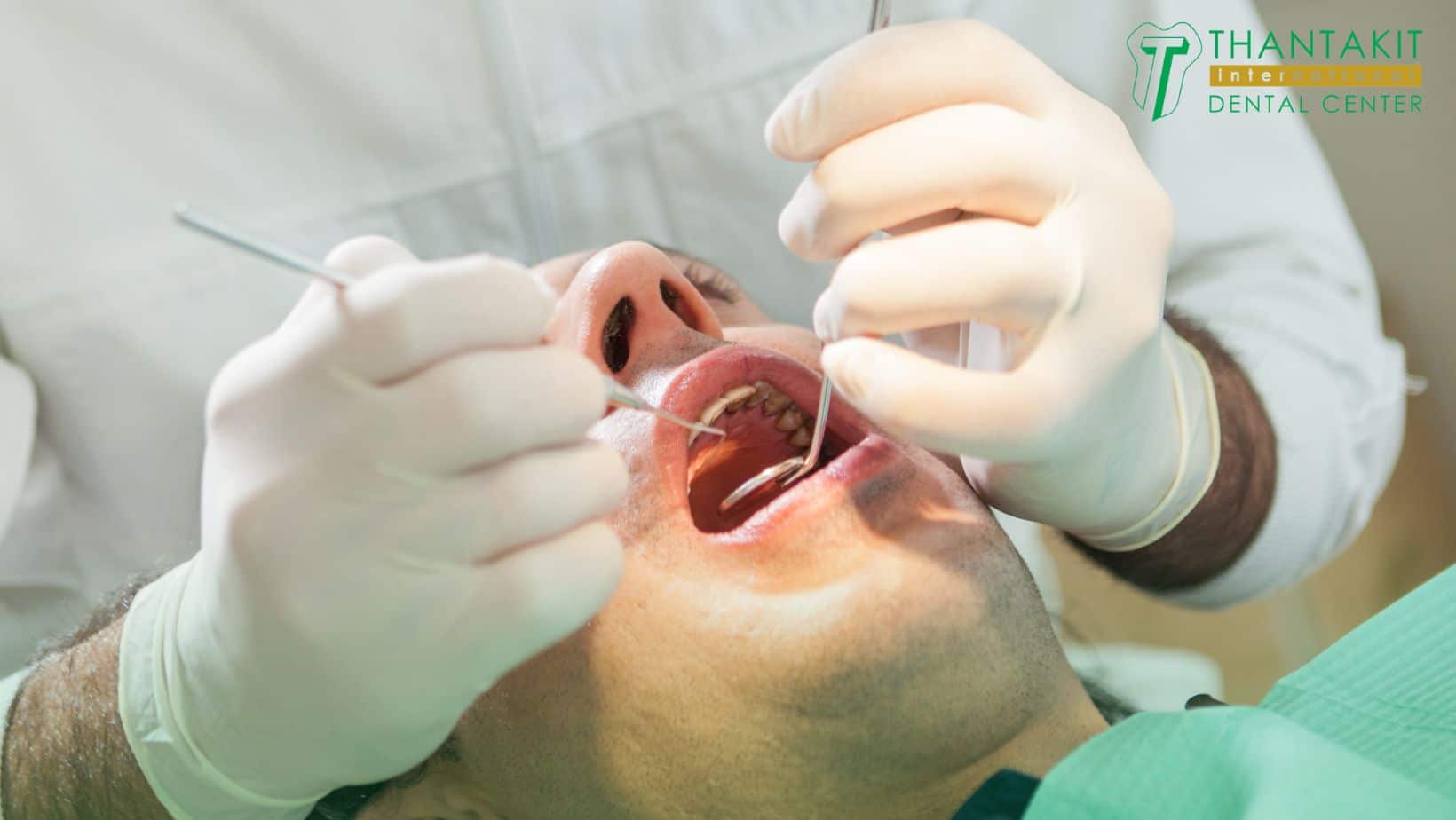
Risk Factors and Complications of Impacted Teeth
You’re more at risk of getting your wisdom teeth impacted depending on the amount of space on your mouth and jaw. Crowded teeth can also serve as blockages that keep those molars from erupting normally.
Once your wisdom teeth end up impacted, this could cause several dental and oral issues, which includes the following.
-
Neighboring Teeth Damage: If the third molar pushes against the second molar, it may damage the neighboring tooth or raise the infection risk around that area when push comes to shove.
The pressure from the erupting but impacted tooth can cause problems such as teeth crowding, thus necessitating orthodontic treatment to correct and straighten out multiple teeth at the same time.
-
Cavities and Tooth Decay: Impacted third molars seem to have a higher chance of decaying and developing cavities compared to other non-impacted teeth. It’s all because of their awkward positioning and angle makes them harder to clean.
A veritable Petri dish of bacteria could develop between gum flaps or partial impactions due to trapped rotting food getting stuck there. It’s more of an issue with partially impacted molars than fully impacted molars though.
-
Cyst Development: Impacted molars develop in sacs within the jawbone. Such sacs can fill up with fluid, which form into cysts that can cause jawbone damage and issues with neighboring teeth and nerves when all is said and done.
Although it’s a rare occurrence, there is a very real risk of a tumor developing from such cysts. This tumor is usually of the non-cancerous or benign variety. However, resolving them still involves removing bone and tissue.
-
Gum Disease: Because it’s hard or impossible to clean impacted wisdom teeth, you might end up with inflamed gums while they remain impacted. Surgery must be done to remove them to prevent the inflammation from worsening.
Partially erupted wisdom teeth you can’t clean can cause the painful inflammatory gum condition known as pericoronitis. The best way to resolve such an issue is to surgically remove the tooth or teeth in question.
How Impacted Wisdom Teeth Affect Your Health
Impaction of third molars can cause you insufferable pain, bacterial infection, and nerve damage to the teeth in question and their neighboring teeth.
Partially erupted teeth are also infamously difficult to clean. It’s hard to brush or floss from the back of your mouth, leading to gum injury and areas teeming with rotting leftover food and bacteria.
These impactions are more prone to gum disease and tooth decay and other conditions such as pericoronitis.
In fact, impacted wisdom teeth can even cause you headaches from the pressure of the impaction that pushes against the placement of your second and first molars around.
This typically results in agonizing pain that radiates in your jaw, face, and head. This is again caused by a failed eruption because the jaw lacks space for this third set of molars.
Impaction is so problematic that even if it’s a benign impaction that doesn’t cause too much trouble, your dentist is likely to recommend removal because of the risk it poses in the future.
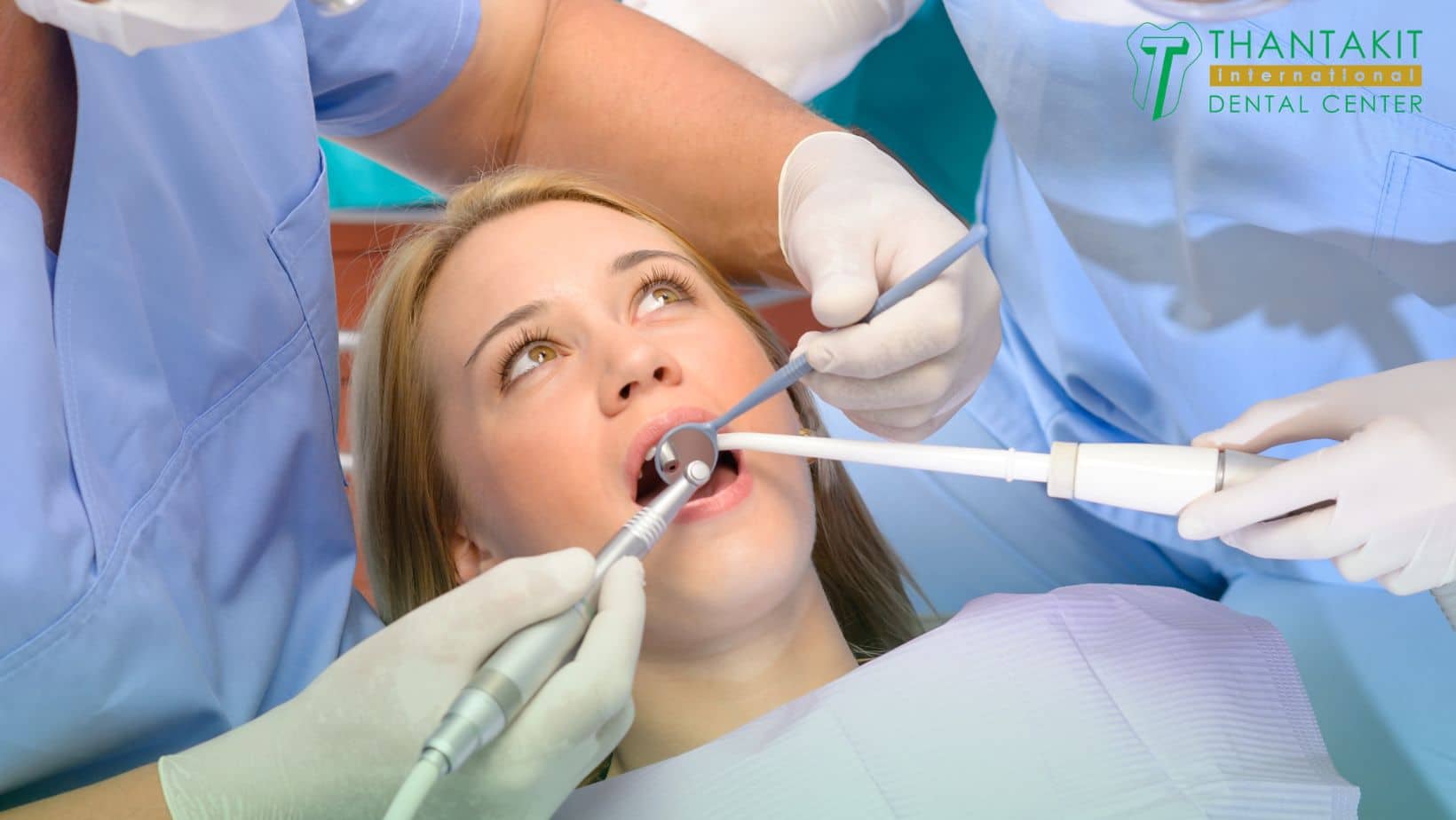
Prevention of Impaction
You can’t prevent wisdom teeth from impaction. However, you can reduce their riskiness for complications. First of all, brush your teeth twice daily and consider having such teeth removed ASAP, before they start becoming issues down the line.
If you’re keeping a regular six-month or semiannual dental appointment, your doctor should scan, find, and monitor the growth and emergence of your wisdom teeth.
Impaction can’t be stopped from occurring but knowing it’ll occur over time should allow you to save up enough money for an easier and less expensive extraction of your third molar or molars.
Regardless, consult your dentist for details. They’ll keep you updated with x-rays or digital scans showing the progress of the wisdom teeth eruption or impaction before any bad symptoms were to happen.
Wisdom teeth removal involve cutting through the gums and extracting the impacted molar bit by bit, even to the point of cutting it up. Removing impacted teeth is a must as a preventative measure or treatment for impaction complications.
The Thai Dental Tourism Bottom Line
Most wisdom teeth extraction procedures are not covered by dental insurance. In case you have to pay for everything out-of-pocket, do consider Thai dental tourism.
Availing of Thai dental tourism for wisdom teeth surgery and removal can get you the most affordable prices without compromising the quality of the service in dental centers like ours, the Thantakit Dental Center in Thailand.
You can find similarly affordable dental tours in other places like Türkiye and Hungary, but Thailand is one of the most cost-effective ones around even when travel costs are included, especially if you live nearby in Asia, New Zealand, or Australia.
Thantakit International Dental Center is Thailand’s longest established dental center. Situated in Bangkok, our clinic is renowned across the world as a destination for world-class dentistry, with most of our patients flying to us from Australia.
Please contact us today and get a FREE dental consultation.











